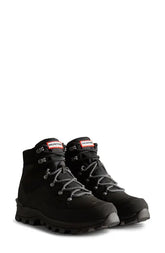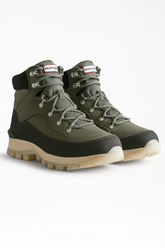How To: Plant For Bees
We’re all increasingly aware of the vital role insects play in our ecosystems, particularly honey bees. Quite simply without pollinators, crops would fail with dire consequences for agriculture and global food production.
The good news is we can all do our bit, to help nature along and ensure that our gardens, no matter how big or small, provide a perfect pitstop for these vital creatures to refuel.
Whether planting in the ground or in containers, your garden can be a haven for visiting bees.

What you can do
By adding in a few suitable plants and shrubs, which flower at various times, you can help ensure visiting bees can easily feed in your garden. They may even pollinate your own crops and help with that bumper harvest in your fruit and veg patch!
Top tip 1
Double flowers often have so many petals that bees cannot reach the central part of the flower, where nectar and pollen are found. Roses and dahlias, which are often elaborate have beautiful single-flowered varieties available, so focus on those.
Top tip 2
The colour purple is more visible to bees than any other colour! Some of the best plants for bees have purple flowers for example Lavender and Buddleia. Don’t worry if you don’t want a mauve mood throughout, as other coloured flowers will still attract bees too.
What to plant – a few examples of bee friendly plants and shrubs
Lavender

Coming in a large variety of species not only can you take care of bees with this plant, you can also add a touch of Provence and a delightful summer fragrance!
Buddleia

Another very fragrant addition to the garden, this attractive shrub will add a flurry of flowers and the heady scent is a real treat on a summer evening.
Alliums

More popular than ever this showy onion relative will not only delight with globe shaped bursts of colour, our winged friends will be buzzing with delight!
Roses (single)

There is a trend here, flowers that smell nice to us are generally pretty popular with bees too! The single rose varieties not only add a touch of class to any garden or patio, they are another easy pollen source for bees to feed on.
Bluebells

These blue beacons will be a welcome feast in the spring, once the bees are highly active again. They can be naturalised in borders, in shade under trees or grown in containers on a patio or balcony.
Thyme

This kitchen herb essential will be carpeted with flowers in spring and summer, making it a valuable plant for an extended period of time for bees to frequent.
Things to remember
Here are a few key pointers for year-round bee care in your garden
- Think of the seasons and try to keep something flowering all year round
- Some bees will emerge early in winter if it is mild
- Spring to autumn is the most active bee period
- Bluebells, crocus and primrose are great spring flowers for bees
- Foxgloves, thyme and hardy geraniums are ideal for early summer
- Lavender, sedum and buddleia are ideal for the height of summer
- Winter honeysuckle, hellebores and winter clematis will help in the darker months
- Provide water to help keep bees hydrated – this could be a shallow dish with marbles/stones
- Avoid using pesticides, focus on organic methods wherever possible
Other top read posts, that are trending right now include:
Container Friendly Fruits, Herbs & Veg











